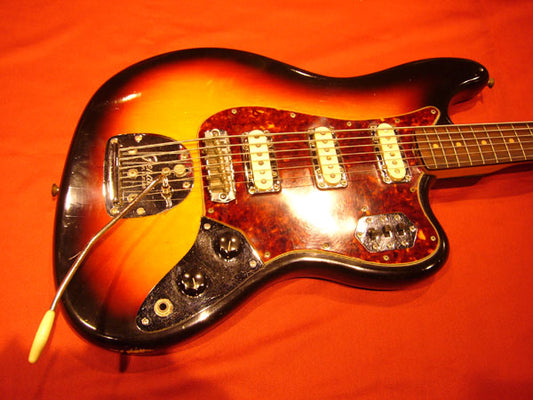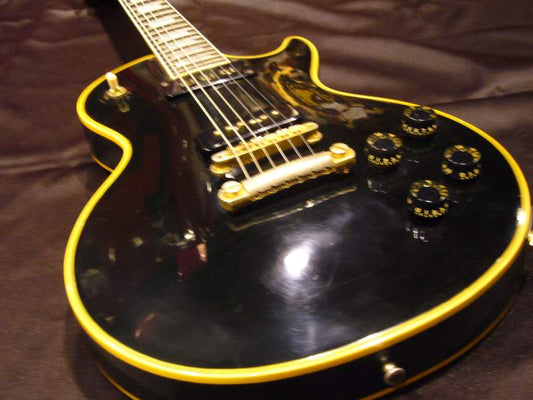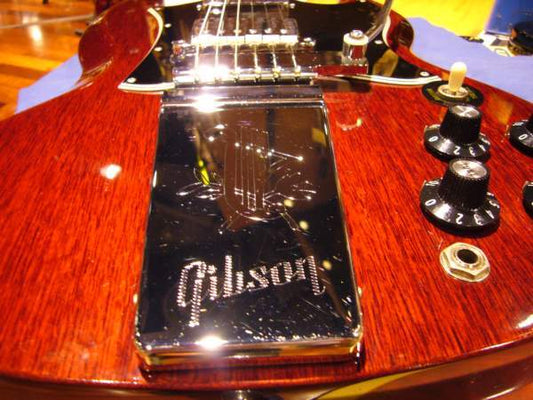[Data]
- Neck Date : 9-60

The 3-tone sunburst was first produced in 1958. The rosewood fingerboard started to be made in 1959, and the slab-fingerboard neck was made from 1959 to 1962.
The method of painting the body at the time was to have three or four small holes, called "nail pockets", at the bottom of the neck and at the top of the bridge and at the jack, and these holes were hammered with small nails at the painting stage and placed horizontally on the floor to be sprayed with paint or stacked to dry. The head is the last year that a decal without a patent number was used and is the final model of the simple 50s spaghetti logo. The neck date is marked "9-60" in pencil and can be read as made in September 1960.
The control cavity of the body also has a protruding shape due to the increased number of set screws in the pickguard, and with the adoption of the 3-ply pickguard, the aluminum shield also changes to the full pickguard size. The capacitors are Cornell Doubler un-potted 0.1mF. Some sunburst from the slab-board period, late 1959 to 1960, are commonly referred to as "honey sunbursts" because the red color tends to fade from UV light and appear to be two-tone Sunburst. In recent years, a simple two-tone sunburst in black and brown has been produced for reprints. But my idea was different. It was my first idea to create a new one with a layer of dark brown paint to show the faded red color same as vintage. When Fender Master Builders John English,John Crews and some the other master builders visited Japan,I offered my Sunburst image. It was difficult to get people to understand this color, as it was painted dark brown (almost black) instead of black to add depth in the light. It was a hard to get people to understand at first, but eventually it was made into a product called "Salem Chocolate Burst". It was the moment when we were involved in researching the manufacturing process of the time and creating the ultimate replica. In Ishibashi Music Corporation, it was called "Kenny Burst" same as my name, after this episode.
In recent years, relics and other production techniques have improved, and with the birth of the ultimate master builder, it seems that we are now in a position to restore the history of guitars. When Jeff Beck's signature Telecaster was in his hands, he was so impressed with the quality of the guitar that he thought it was his own.The technology to recreate the colors of the 60s as if they were still there is already in front of us.What a legendary is!by MR.K
MR.K=Profile=He has been researching vintage guitars for several decades. He has participated in many vintage guitar show and has many contacts with legendary dealers. In recent years, he has also worked directly with guitar factory builders to develop reissue guitars
subcontent

An early '60s sunburst with thick black edges and a darker look.


An early '60s sunburst with thick black edges and a darker look.


The paint is on the entire neck pocket (left). Cornell Doubler square capacitor is visible (right).


A penciled body date can be seen on the tremolo cavity (left). This booklet is the instruction manual of the time (right).
notice:This article reflects information as of 2006.For new arrivals of vintage guitars, click here. Our Shibuya Store's Vintage Guitar Selection / Ochanomizu Store's / Our All Store's










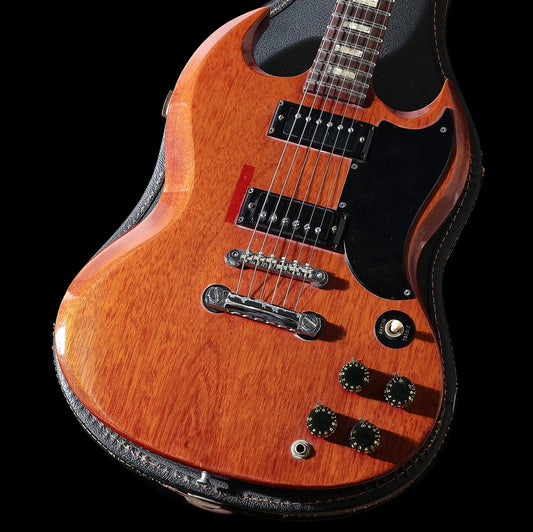
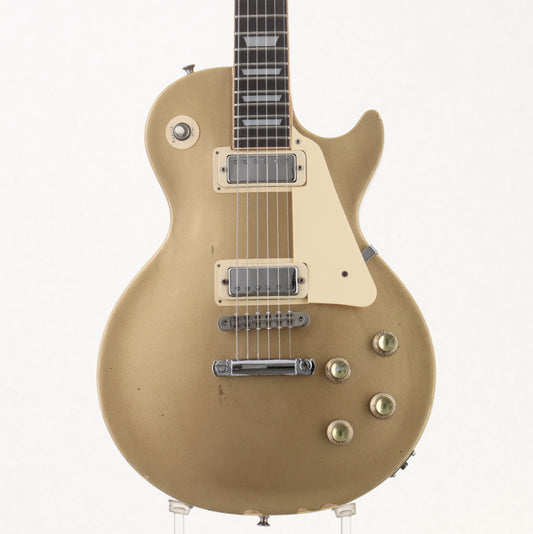
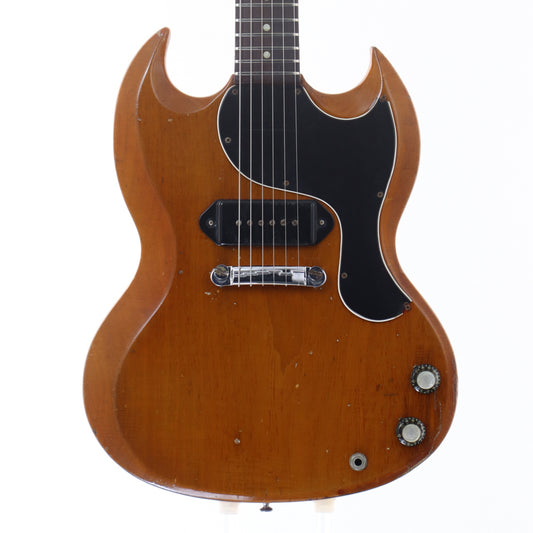

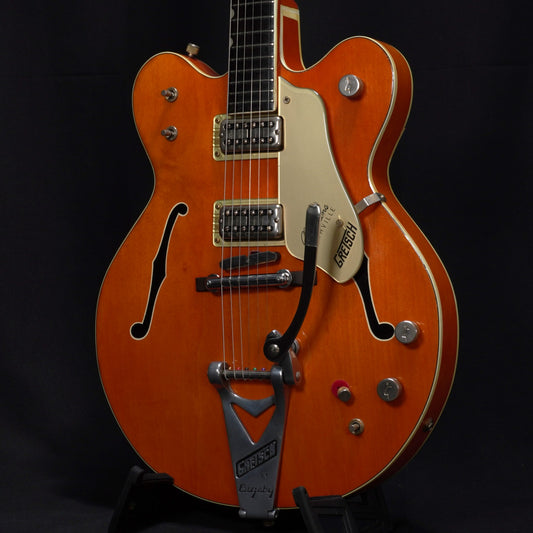
![[SN 539623] USED Fender USA / 1970s Telecaster Walnut [3.29kg/1973-1974] Fender Telecaster [08]](http://intl.ishibashi.co.jp/cdn/shop/files/2800003568266_1_l.jpg?v=1758342727&width=533)
![[SN 907631] USED Gibson / 1970 ES-345 TDSV [05]](http://intl.ishibashi.co.jp/cdn/shop/files/2800003556515_1_l.jpg?v=1757986350&width=533)
